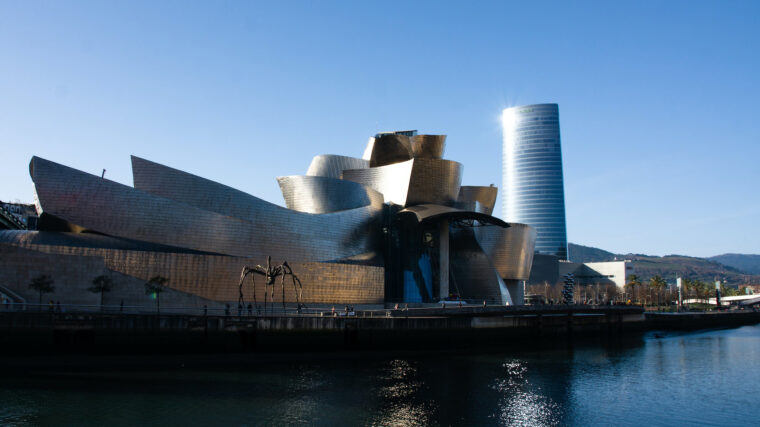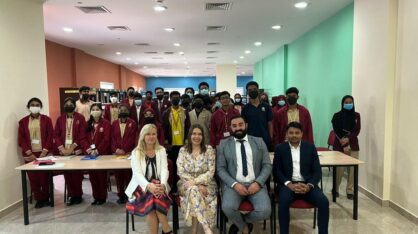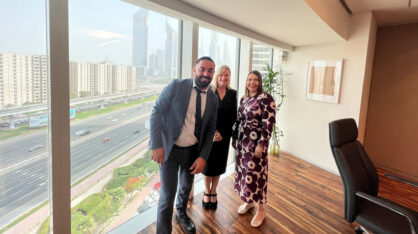Some of you might have already read about us getting an opportunity to present our research in an international conference, Design research society. You can fetch the background here: http://urn.fi/URN:NBN:fi-fe2022090257039
In this article, we will talk about our experience in the conference and what inspired us the most.
Our contribution
We wanted to disseminate and discuss the development work behind the Digimagia service design training through the paper we presented at the conference. It explored the challenges of entrepreneurs and organizations within the art and cultural fields in meeting the challenges of digital transormation. The paper outlined a multidisciplinary conceptual framework, utilising four case studies to illuminate how cultural field organizations and entrepreneurs adapted to the market disruption caused by the pandemic through digital service innovation means. Based on this, we discussed the four-stage model, that has been implemented in the Digimagia service design training programme. Through this model, comprising the processes of reusing, restructuring, reinventing, and rethinking, we demonstrated how design methods can be used as tools in the development of innovative digital services, helping entrepreneurs restrategize for post-pandemic market conditions.
Overall impressions
Muova’s Miia Lammi and Anu Norgrann represented the Digimagia team at the conference. The conference attracted a large crowd of enthusiastic participants from diverse design-related backgrounds, ranging from product and service design to architecture, social sciences, IOT and AI technologies, biosciences, and more. This created a fruitful variation of topics to immerse in, stimulating the development of new ideas and paving way for future collaborations. The presentations at the conference were inspiring and of high quality, and the discussions more constructive than critical in nature. For a participant with a business research background, the conference atmosphere, with less debate of conceptual nuances, and more focus on exploration and experimentation of design practices and the transformative power of design, felt very refreshing. In many discussions, participants began their comments by saying, ‘’ I am not a designer, but…’’ which hints at the true transdisciplinarity of the design field, and its importance as spanning across many functions, where design is used as a tool or an enabler rather than only separate subject in itself.
Technology, design and society
One of the most thought-provoking and memorable presentations at the DRS 2022 conference was a keynote speech by the dancer and “cyborg” Moon Ribas. She is an artist known for having implants, that are connected to seismographs, in her feet. (Yes, you read correctly.) When there is an earthquake somewhere on the planet, her body causes vibrations and the data is then recorded online. This data is used by Ribas and transformed into dance movements or music which often incorporates elements of spontaneity and uncertainty. For example, the artist stands still while waiting for earthquakes to occur, and when any seismic activity is identified by the technology, she mediates them through her stage performance. She, as a dancer and choreographer wanted to experience movement in deeper ways. By practising this technique, she moves according to the intensity of the earthquake, and the performance becomes more like a duet between the earth and herself, where the earth is the actual choreographer and she is there imitating the data provided by the earth. This way, the agency in the performance is not only the artist’s, but giving voice to nature as an actor. With her other “cyborg” partners, Ribas hopes that she will empower more artists to embrace this kind of new forms of evolving technologies and experience different ways the body moves and find a way to communicate these phenomena which are not usually perceived with regular senses. It gave a great insight into unusual and unexpected ways of working with technology and design and connecting with the natural world in ways that at first seem unimaginable. A truly unique example of the role that technology can play role in art and culture! For more, see: https://edition.cnn.com/style/article/moon-ribas-cyborg-smart-creativity/ index.html
Some of the more interesting discussions at the DRS extended the scope of design beyond human-centredness, which has so far largely been a dominating paradigm in the field. Instead, several papers dealt with the idea of distributed agency. This view challenges human’s needs as the primary focus in design activity, and extends the perspective to the impact of the broader surrounding social and natural world. Technological advances should thus not solely fulfill user needs, but apply a broader system thinking; connecting with the environment, understanding the technological impacts of our everyday lives and increasing sustainability, both concerning environmental effects and social inclusion through participatory design of multiple stakeholders.
Apart from providing a lot of inspiration on latest developments, methodologies and application areas of design, for our own part, the discussions also gave important validation from researchers and practitioners from other countries, that we are on the right track with the education model developed in the Digimagia project.




